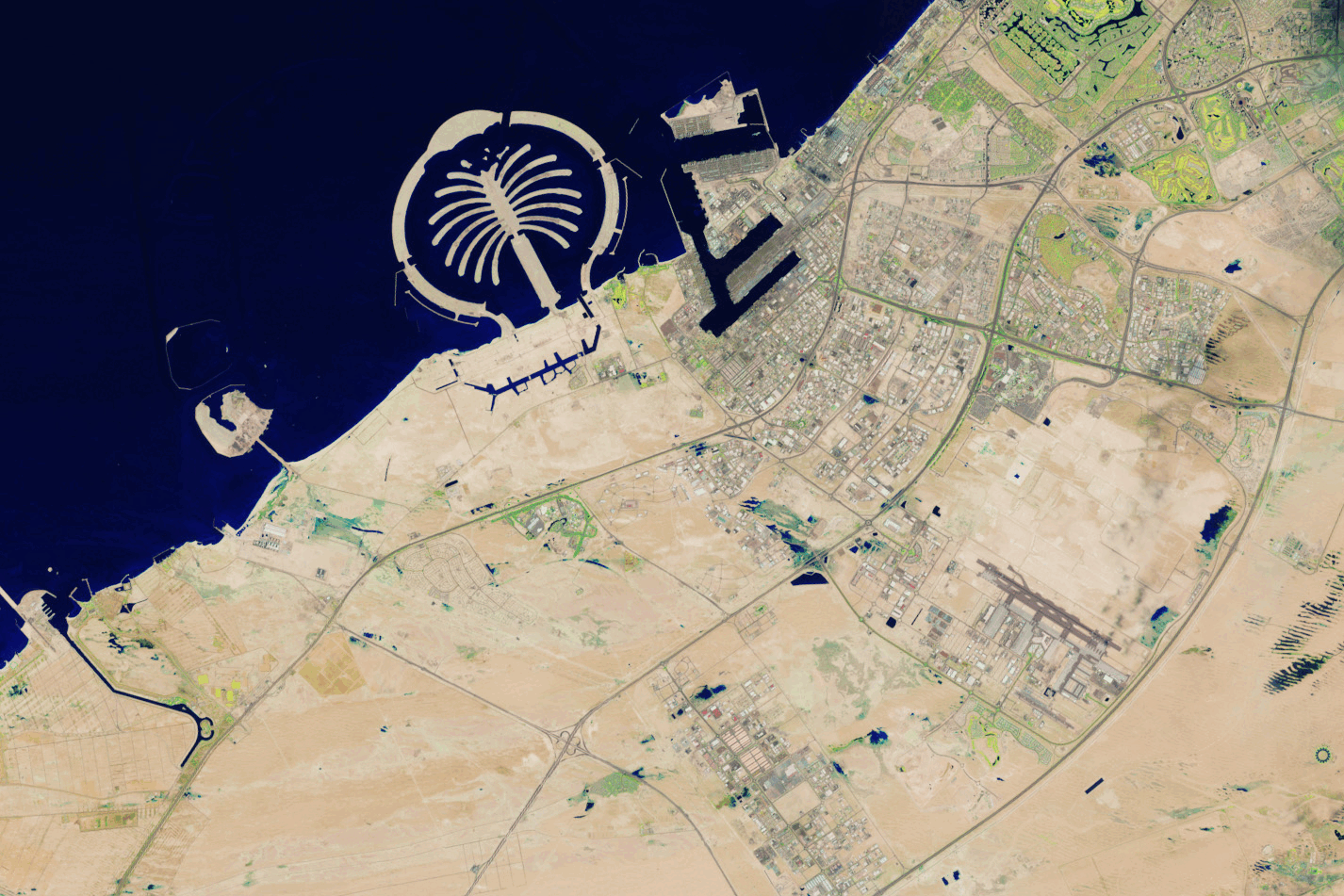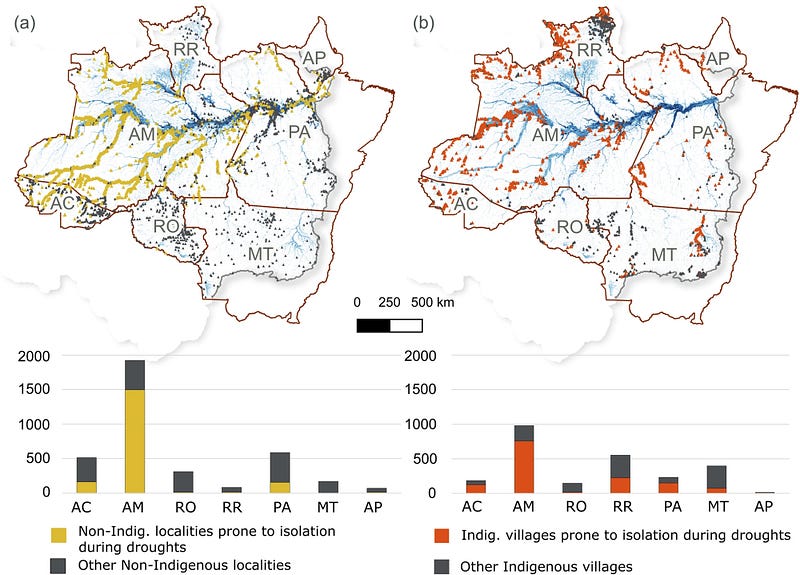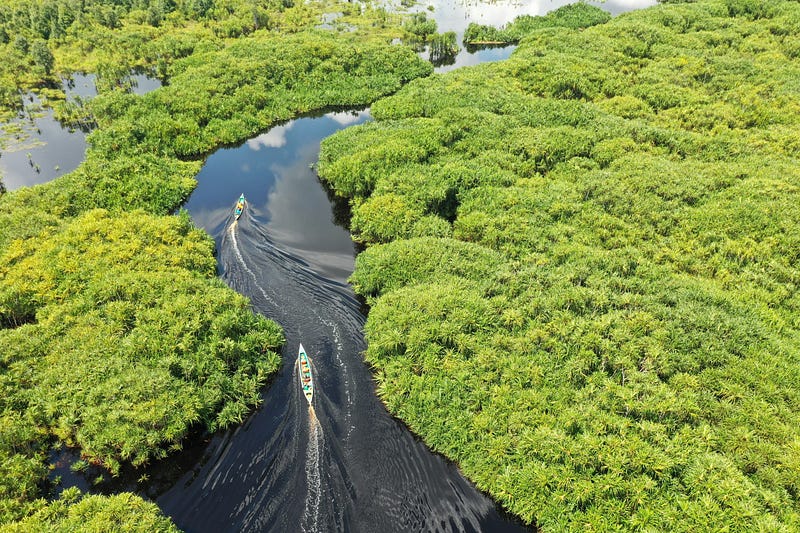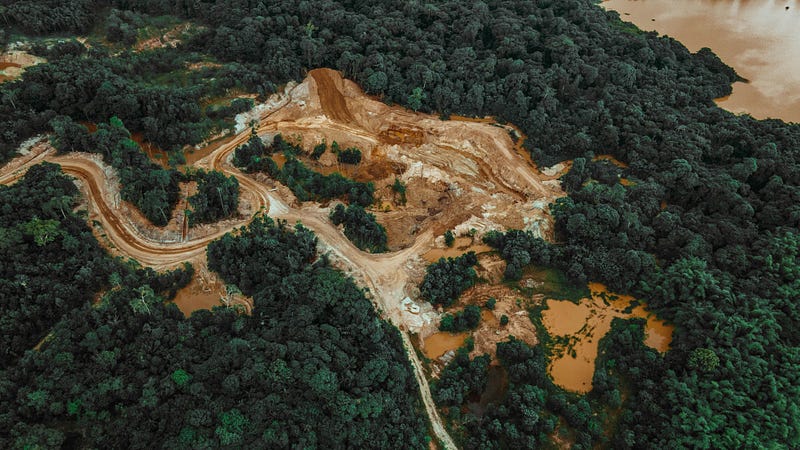# Climate Change: The Complex Effects on Lives and Ecosystems
Written on
Chapter 1: Understanding Climate Change's Impact
Climate change is causing significant and intricate disruptions that go beyond just warmer summers. For instance, severe droughts in the Amazon Basin illustrate the multifaceted challenges that climate change presents, affecting both ecosystems and human populations.
> I've been engaged in climate change discussions for some time, and while most feedback I receive is from individuals genuinely concerned about the sudden changes in our environment, I occasionally encounter skepticism. Some people dismiss it, suggesting that we might only face slightly warmer summers or even find benefits in shifting agricultural practices to higher latitudes. But the reality of climate change is far more complex.
Severe droughts bring about colder spells in previously warm areas, create drier conditions in regions once rich with rainforests, and even lead to flooding in arid landscapes—events for which we lack sufficient resilience. Alarmingly, many of these effects are not just looming threats; they are already unfolding before our eyes.

A recent study published in Nature Communications sheds light on the grave consequences of extreme droughts in the Amazon, illustrating that the implications of climate change are far-reaching and serious. Conducted by the Institute of Environmental Science and Technology at Universitat Autònoma de Barcelona (ICTA-UAB), this research, spearheaded by Dr. Letícia Santos de Lima, investigates the impacts of persistent low water levels on local communities over the past two decades.

The researchers employed an interdisciplinary approach, integrating spatial analysis with hydrological studies and content analysis of media reports. By scrutinizing historical data from 90 river gauges and analyzing news stories, they assessed the duration and community effects of droughts. This methodology enabled them to identify regions most vulnerable to these environmental changes and document the real-world consequences faced by residents.
One significant finding reveals that droughts in the Amazon Basin have led to prolonged periods of low water levels. The years 2005, 2010, and 2015–2016 stand out as particularly severe, with drought conditions extending beyond 100 days—far longer than the average of 70 days. This prolonged dryness disrupts essential resources for Amazonian communities and is becoming alarmingly frequent.

The research highlights that nearly half of non-Indigenous communities and over half of Indigenous villages in the Brazilian Amazon face a high risk of isolation during severe droughts. The reason for this vulnerability lies in their reliance on rivers for transportation. The vast expanse of the Amazon means that many communities are only accessible via waterways, and when water levels drop, it becomes nearly impossible to navigate, leading to shortages of essential supplies such as food, fuel, and medicine.
This disruption also limits access to healthcare and education, resulting in a cascade of negative impacts. When rivers dry up, logistical networks fail, leading to scarcity and rising costs of goods—issues that can have devastating consequences for remote communities. Furthermore, restricted access to fishing and hunting grounds threatens food security, as these activities are crucial for many residents' livelihoods.
Chapter 2: The Broader Implications of Drought
In the video "WHO's Science in 5: How is climate change affecting your health?," experts discuss the health implications of climate change, emphasizing the urgency of addressing these complex challenges.
In "How Will Climate Change Continue to Affect Us?: Crash Course Climate & Energy #8," the ongoing impacts of climate change are examined, revealing the interconnectedness of environmental issues and human health.
The study underscores that climate change's effects are not limited to rising temperatures. It disrupts entire ecosystems and communities, posing serious threats to human life. Dr. Letícia Santos de Lima stresses the urgent need for long-term adaptation strategies, stating, “This is the new reality of the Amazon. Scientists have warned for years that we face an increase in the frequency and intensity of extreme events due to climate change, compounded by severe changes in the hydrological system from deforestation and forest degradation.”
The study critiques reactive government policies, advocating for proactive measures that prioritize long-term planning and adaptation. Building new roads is often suggested as a solution to isolation, but this approach can worsen the situation by promoting deforestation, altering rainfall patterns, and increasing sedimentation in rivers, which further hinders navigation.

The findings highlight the interconnectedness of ecosystems and human societies. Communities reliant on waterways for transportation are especially vulnerable to severe droughts, underscoring the need for tailored adaptation strategies. Proactive policy responses are essential to mitigate climate change effects, including addressing deforestation and fostering sustainable infrastructure.
The notion that climate change will lead only to warmer summers or idyllic scenarios overlooks the cascading effects that disrupt lives and livelihoods. The time for doubt has passed; we must implement comprehensive, forward-thinking strategies and policies to tackle these challenges effectively.